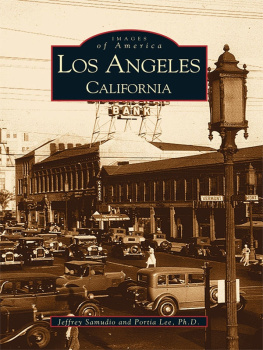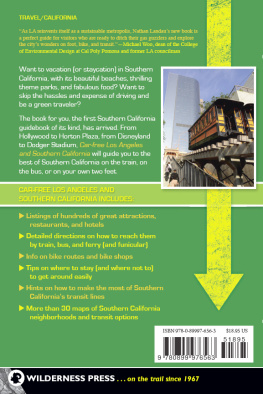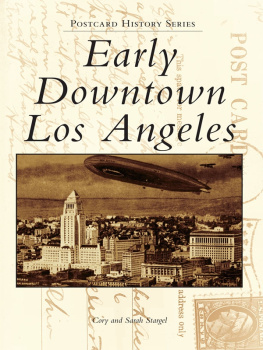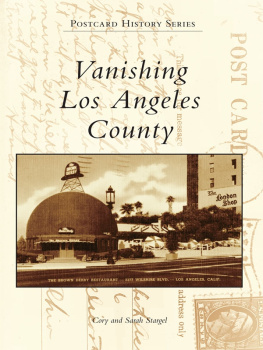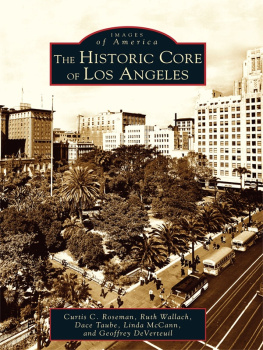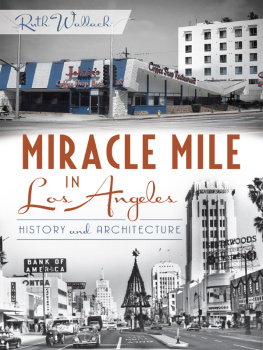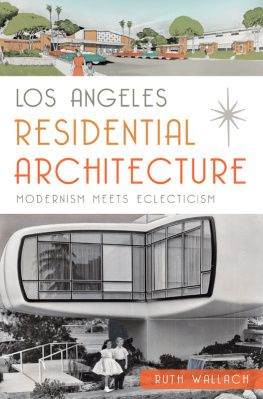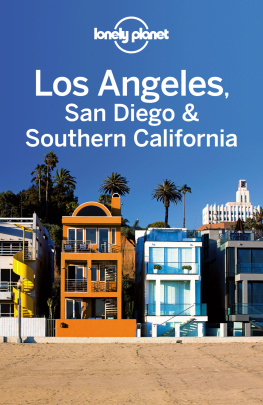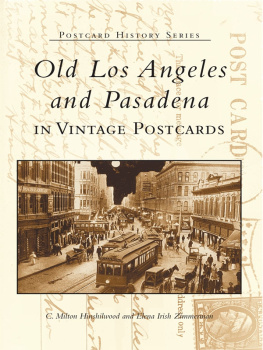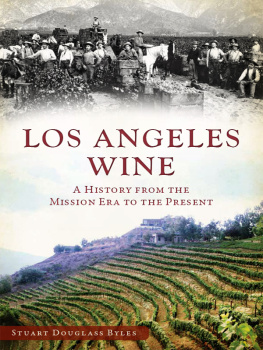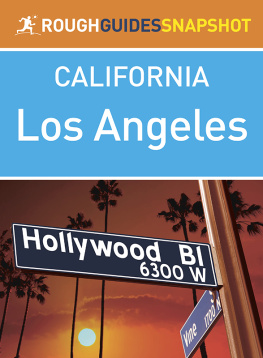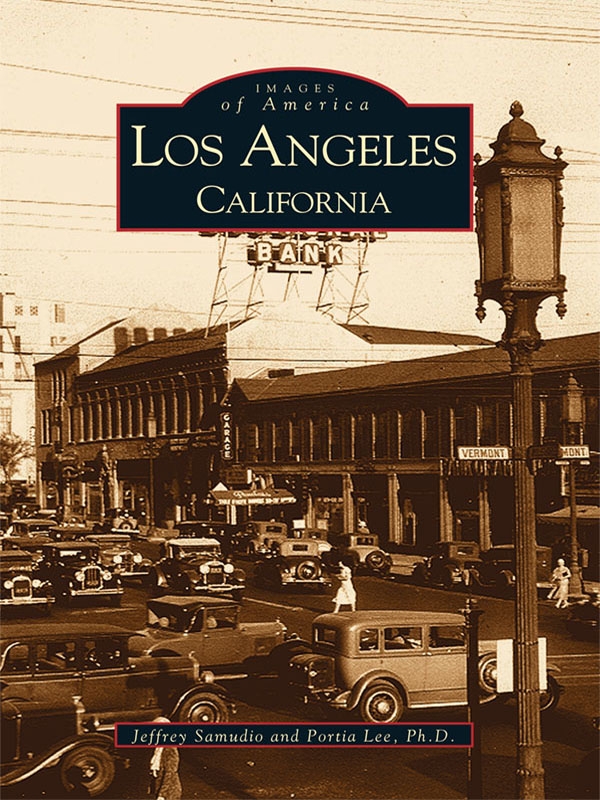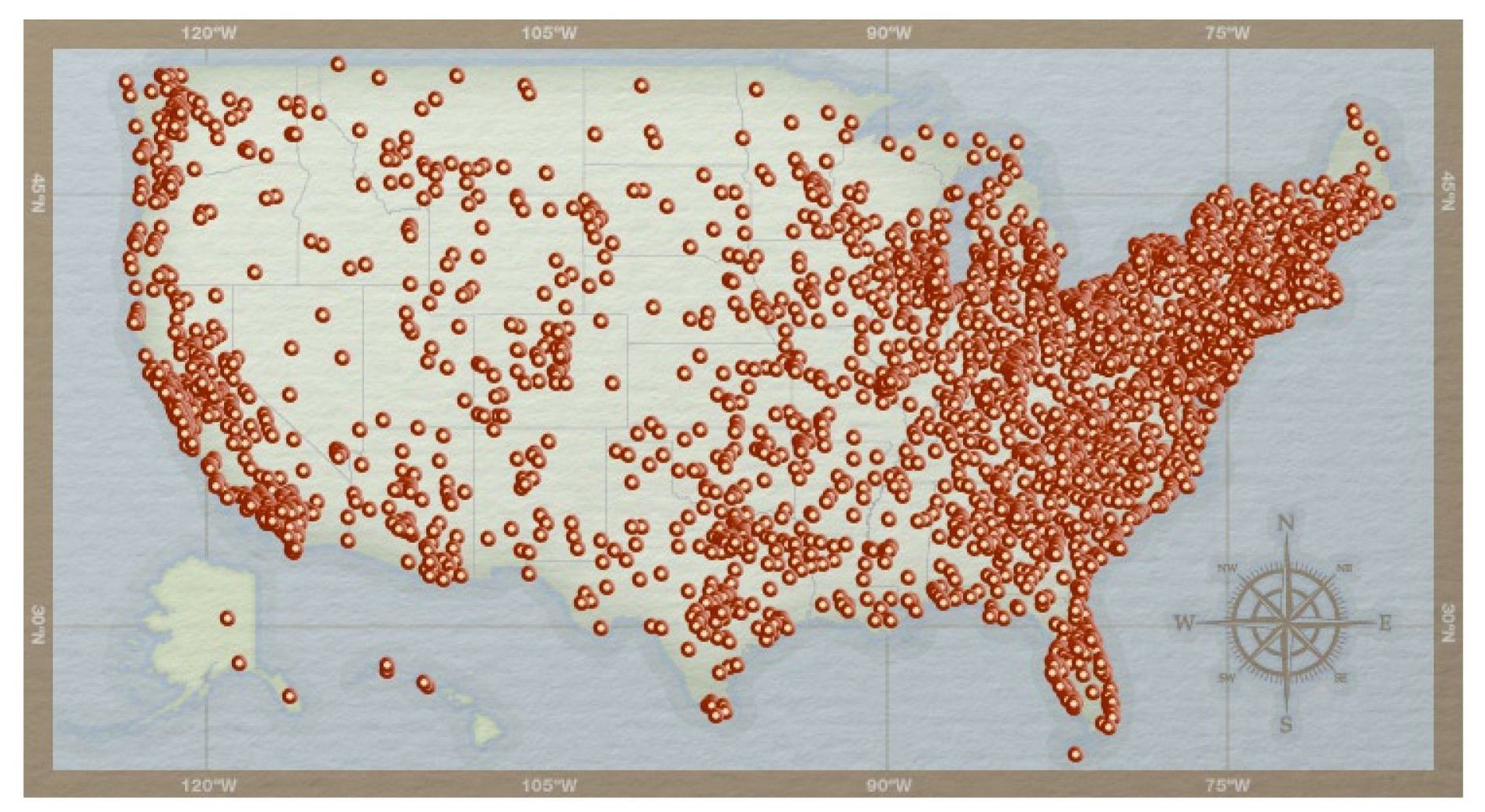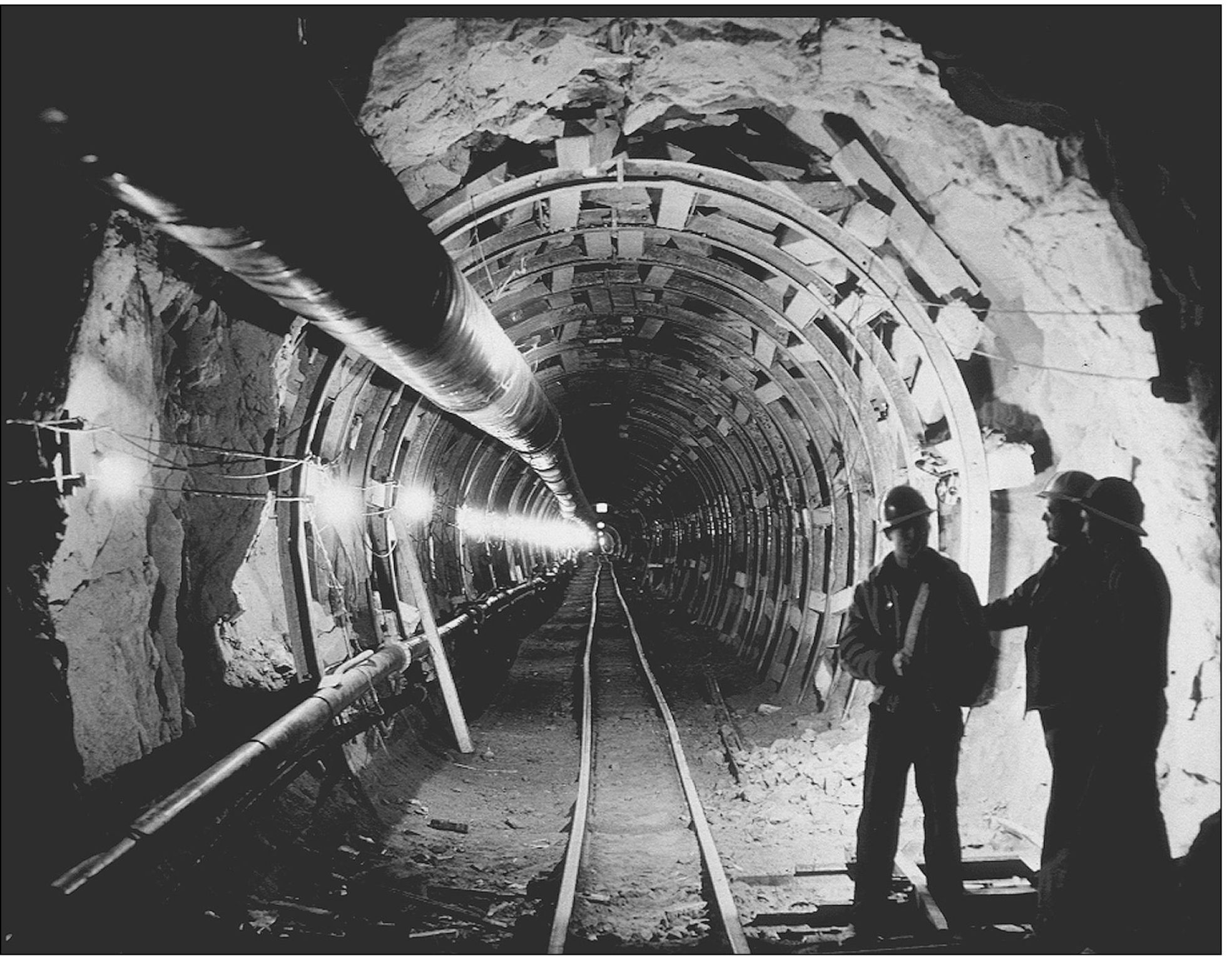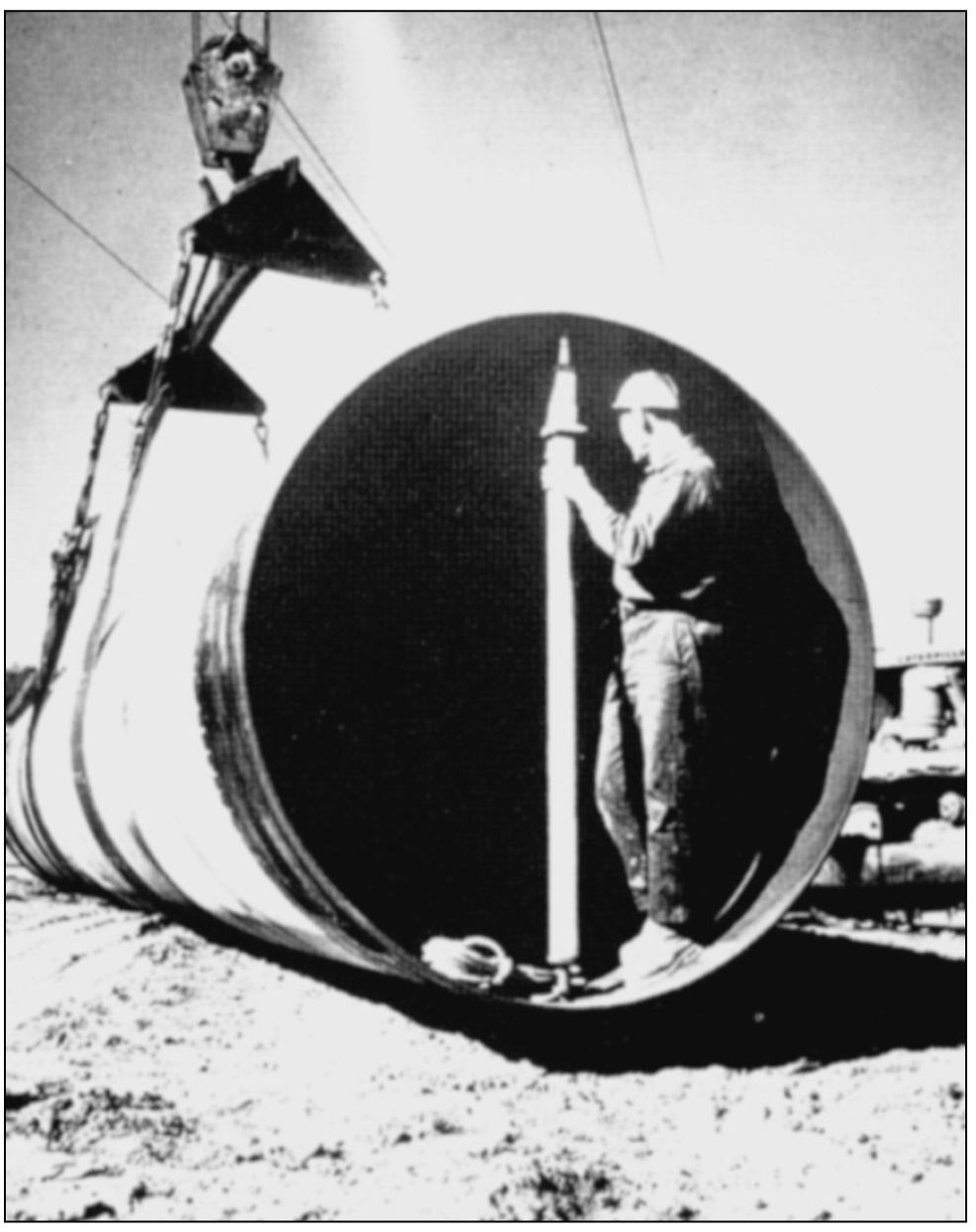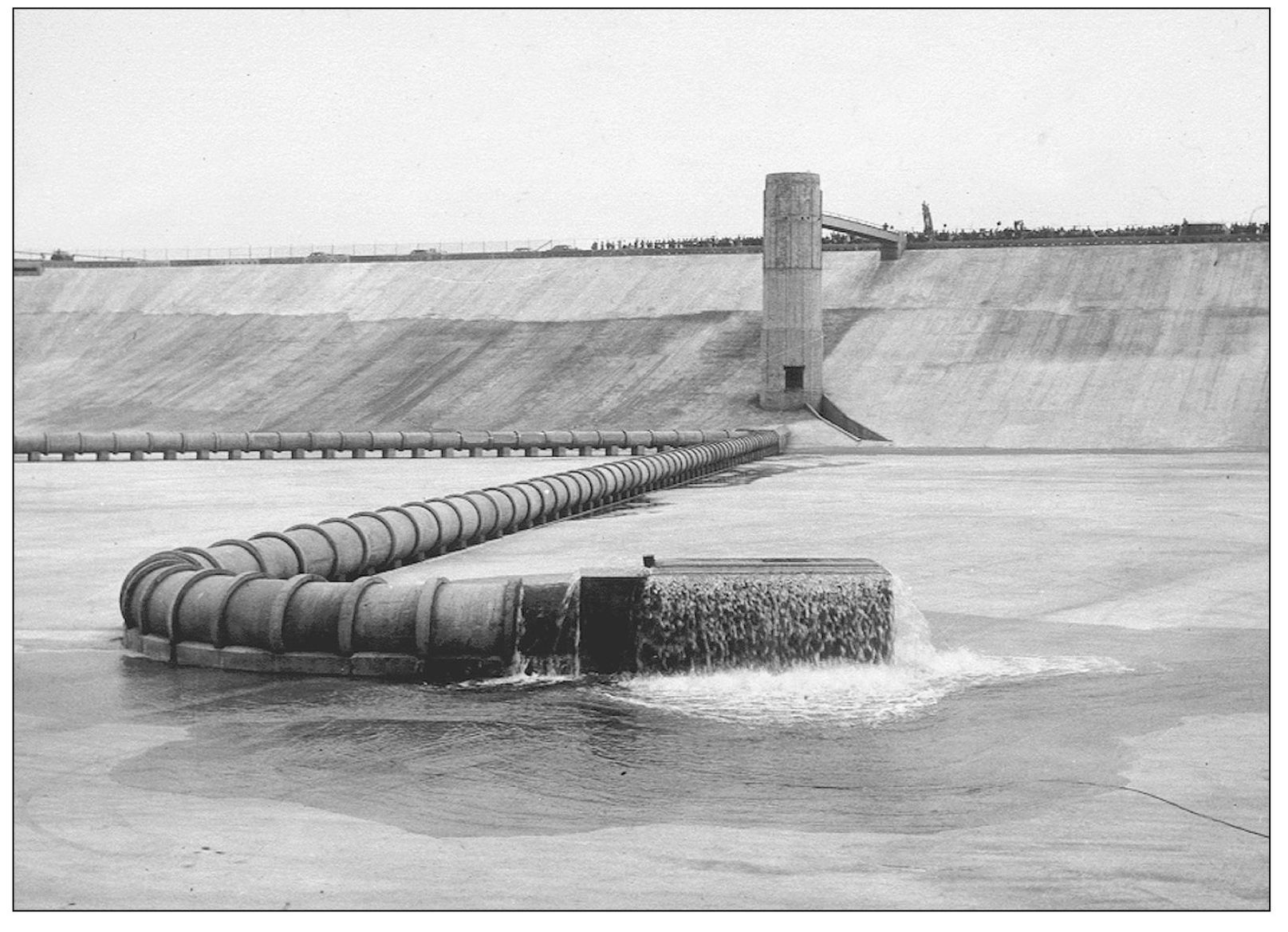ACKNOWLEDGMENTS
The images in this volume have been drawn from the Architectural Slide Collection of the University of Southern California. Our thanks are due them in great measure. Images from private collections and other organizations are acknowledged below. We have attempted to include as many of postcard images as possible. These original images, taken between 1910 and 1915, document views of Los Angeles that were intended to show the city in its very best light and actively recruit new residents and tourists to the city, but not every postcard was commercial in nature. Many of these small images were simply mementos. Today they offer valuable insights into the culture and character of Los Angeles captured in a moment of past time.
Chapter 1
p. 14 (1) Badger Avenue Bridge: Collection of the Port of Los Angeles
p. 14 (2) Badger Avenue Bridge Tenders Cabin: Collection of California Archives, Los Angeles
Chapter 2
p. 15 Terra Cotta Frieze, Washington Boulevard Bridge: Archives of the City of Los Angeles
p. 16 Old Seventh Street Bridge, Collection of the Bureau of Engineering, City of Los Angeles
p. 17 Seventh Street Viaduct: Regional History Collection/University of Southern California
p. 18 Glendale Hyperion Viaduct: Security Pacific Collection/Los Angeles Public Library
p. 19-20 Macy Street Bridge: Security Pacific Collection: Los Angeles Public Library
p. 21 North Broadway Bridge: Regional History Collection/University of Southern California
p. 22 First Street Bridge: Regional History Collection/University of Southern California
Chapter 14
p. 117 The Montenegro Family, Shades of L.A. Collection/Los Angeles Public Library
p. 118 (1) Los Angeles City Engineers Survey Team: Archives of the City of Los Angeles
p. 118 (2) Collection of the African-American Firefighters Museum, Los Angeles
p. 119 Nellie Kay Carlisle: Collection of Alma Carlisle, Los Angeles
p. 120 Shinto Temple, Terminal Island, Security Pacific Collection/Los Angeles Public Library
p. 121 Cannery Workers, Terminal Island: Security Pacific Collection/Los Angeles Public Library
p. 122 Betty and Betsy; Collection of Betty R. Quon, Glendale, California
p. 123 (1) The Gomez Family, Shades of L.A. Collection/Los Angeles Public Library
p. 123 (2) Lil;lie Gomez, Shades of L.A. Collection/Los Angeles Public Library
p. 124 Richard Keyes Biggs: Collection of Jelil Romano, Los Angeles
p. 125 (1) Harriette Carr Von Breton: Collection of June Holroyd, Santa Barbara, California
p. 127 (1) Air Passenger: Collection of Glen Dean Jones, Riverside
p. 127 (2) Air Passenger: Collection of Glen Dean Jones, Riverside
The following publications provided invaluable historic and bibliographic resources:
Banham, Reyner , Los Angeles: The Architecture of Four Ecologies . The Penguin Press, 1976 Comer, Virginia L., Los Angeles: A View From Crown Hill . Talbot Press, 1986
Gebhard, David and Robert Winter, Los Angeles: An Architectural Guide . Gibbs Smith, Salt Lake City, 1994
Gebhard, David and Harriette Von Breton, Los Angeles in the Thirties . Hennessey & Ingalls, Inc., Los Angeles 1989
Gleye, Paul, The Architecture of Los Angeles . Rosebud Books, Los Angeles, 1981
Kahrl, William L., Water and Power . University of California Press, Berkeley, 1982
Kaplan, Sam Hall, LA Lost and Found . Crown Paperbacks, 1987
Pitt, Leonard and Dale Pitt, Los Angeles A to Z. University of California Press, Berkeley, 1997.
Queenan, Charles F., The Port of Los Angeles: From Wilderness to World Port. Los Angeles Harbor Department, 1983
Robinson, W.W., Land in California. University of California Press, Berkeley, 1948
We are also indebted to Hynda Rudd and Jay Jones of the Los Angeles City Archives and Carolyn Kozo Cole of the Los Angeles Public Library Photo Collection. Mark Wanamaker of Bison Archives provided great help with Hollywood historical references, John Heller shared his knowledge on street railways and Alma Carlisle gave timely assistance with the African American historical photos. We shall always remember with immense gratitude the contribution of the late Thomas Owen to the California Index of the Los Angeles Central Library, and his lifelong dedication to documenting the theater history and culture of the city of Los Angeles.
Find more books like this at
www.imagesofamerica.com
Search for your hometown history, your old
stomping grounds, and even your favorite sports team.
One
BUILDING AN AQUEDUCT CREATING A HARBOR
In 1899, the City of Los Angeles, citing the Spanish grant to the pueblo in 1781, won a court decision affirming its exclusive rights to all water sources in the Los Angeles Basin. Before European exploration, the 58-mile Los Angeles River supported an extensive wetland. The valleys between the San Gabriel and Santa Monica Mountains formed its watershed, sending streams flowing southward into the Basin. Converging near present day Elysian Park, a high water table created marshlands, ponds, and a lush vegetation cover.
Alternate cycles of flood and drought meant an undependable supply of an indispensable resource, persuading the city makers of the turn of the century that only a reliable water supply would guarantee the citys growth to a critical mass necessary for prosperity. As the 20th century dawned in Los Angeles, growth was the game and no one could play without a stake of water. Whoever brings the water will bring the people, stated Chief Engineer and Superintendent William Mulholland of the Los Angeles City Water Company. Los Angeles reached into the eastern Sierra Nevada Mountains to capture the water of the Owens River, setting a pattern of ruthless resource appropriation for development in the city.
SAN FRANCISQUITO POWER PLANT NO. 1 OF THE OWENS RIVER AQUEDUCT. William Mulholland supervised 5,000 workers in the 6-year construction of the 233-mile Los Angeles Aqueduct. A bond election in 1910 provided the first public funds for the construction of ancillary municipal hydroelectric plants.
CONSTRUCTION WORKERS INSIDE PIPELINE, OWENS RIVER AQUEDUCT. All workers on the pipelines were under Mulhollands supervision; no private contractors undertook the work. Although consulting engineers feared a labor shortage, 4,000 tunnellers and diggers set to work in 1907 as city employees.
OWENS RIVER AQUEDUCT, WATER SUPPLY PIPES. A system of bonuses compensated workers who exceeded the daily quota set up by Mulholland. Crews worked 12 hours and sometimes through shifts when water flooded tunnels. Temperatures were cooler below the surface, but cave-ins, rockslides, and water flooding into tunnels made the operation perilous.

